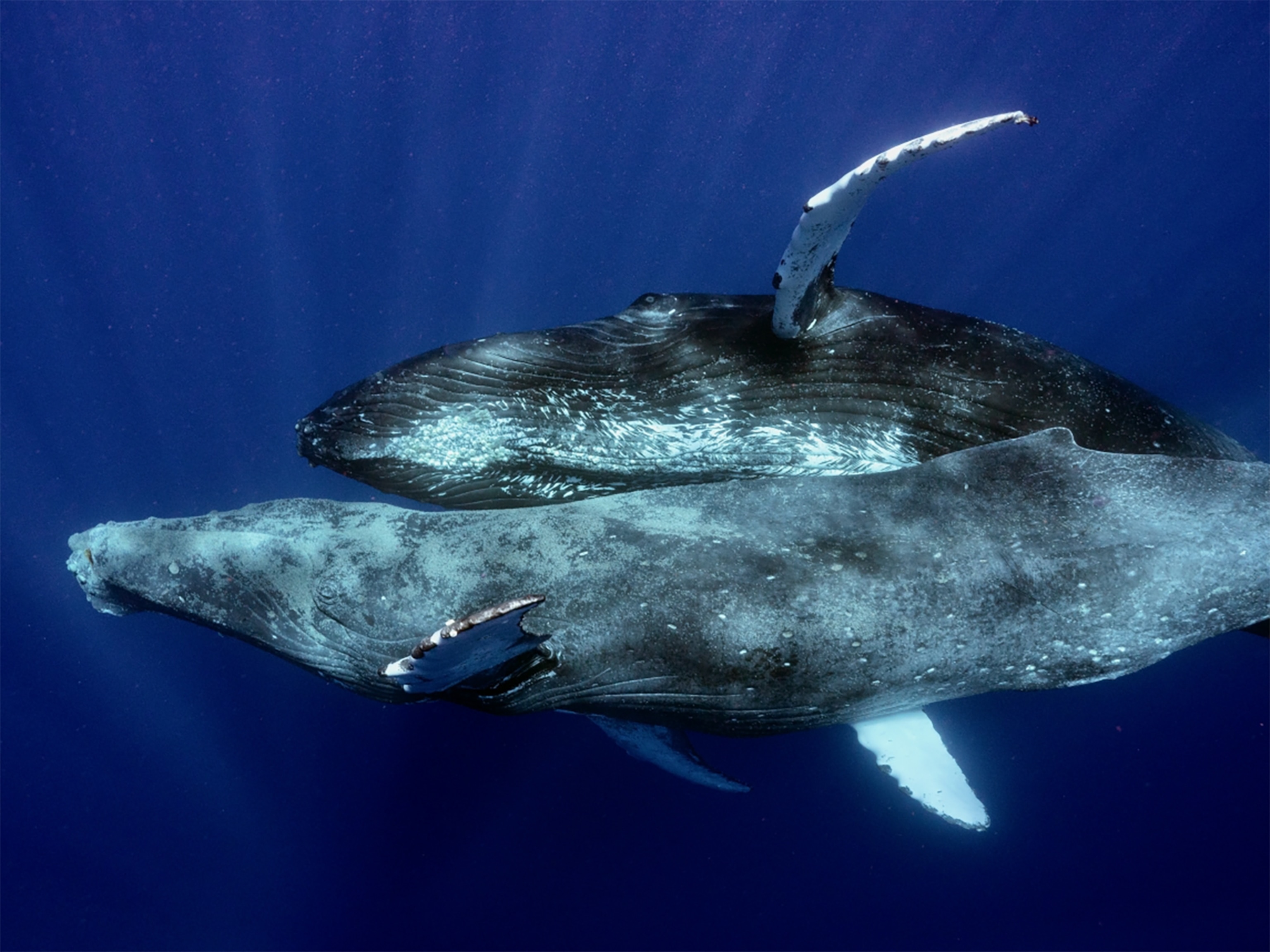
Armadillo Courtship Is the Joy of the Chase—and the Catch
Instinct drives these armored animals to have sex on the run—and they’ll need to keep running to replenish the ranks of their at-risk species.
The mammal lineage of Xenarthra—sloths, anteaters, and armadillos—has inhabited the Western Hemisphere since Paleocene times, some 65 million years ago. Clearly, they’ve been perpetuating their species, but scientists rarely catch them in the act.
Brazilian ecologist Nina Attias has. She’s spent years studying three of the 20 species of armadillos. Her doctoral research focused on Euphractus sexcinctus, aka the yellow, or six-banded, armadillo (above), whose courtship rituals she has observed and filmed.
In the Pantanal wetlands of Brazil, yellow armadillo amour blooms year-round. When males catch the scent of a female in estrus, they approach, and “she just starts running,” Attias says. “You’ll see a female running like crazy and a bunch of males chasing her.” Once a swift suitor manages to mount the female, “coitus actually happens while they’re running,” Attias says.
Even as other males chase them, the couple stays coupled. It helps that among mammals, armadillos have one of the largest penises relative to body size; an E. sexcinctus male may have a 13-inch-long body and a six-inch-long penis. And if on-the-run sex succeeds, 60 to 65 days later the female may bear one or two pups.
Just procreating won’t ensure armadillos’ survival; they need human help. Brazil has a national plan for conserving three-banded armadillos. The state of Piauí has set aside parkland with the animals’ protection in mind. And with support from the Institute for the Conservation of Wild Animals, where Attias works, the state of Mato Grosso do Sul plans to track giant armadillos as an indicator species, whose presence will help measure the success of habitat conservation efforts.
Know Your Armadillos
1. Three-Banded
Only two armadillo species, the southern three-banded and the Brazilian three-banded, roll into a ball if threatened. The International Union for the Conservation of Nature assesses the Brazilian (Tolypeutes tricinctus) as vulnerable, and the southern (T. matacus) as near threatened, chiefly due to habitat loss and hunting.
2. Nine-Banded
The armorlike carapace of Dasypus novemcinctus may actually have up to 11 bands, bony plates connected by flexible tissue. The only armadillo whose ranks seem to be increasing, it also has the largest range—in South, Central, and North America—which is expanding as climates warm.
3. Giant
Found across South America, Priodontes maximus, the largest armadillo, can exceed five feet long and 110 pounds. The IUCN assesses the species as vulnerable. Indigenous peoples hunt it for meat, and some local farmers kill it because of a myth that says seeing one brings bad luck.
Related Topics
You May Also Like
Go Further
Animals
- How can we protect grizzlies from their biggest threat—trains?How can we protect grizzlies from their biggest threat—trains?
- This ‘saber-toothed’ salmon wasn’t quite what we thoughtThis ‘saber-toothed’ salmon wasn’t quite what we thought
- Why this rhino-zebra friendship makes perfect senseWhy this rhino-zebra friendship makes perfect sense
- When did bioluminescence evolve? It’s older than we thought.When did bioluminescence evolve? It’s older than we thought.
- Soy, skim … spider. Are any of these technically milk?Soy, skim … spider. Are any of these technically milk?
Environment
- Are the Great Lakes the key to solving America’s emissions conundrum?Are the Great Lakes the key to solving America’s emissions conundrum?
- The world’s historic sites face climate change. Can Petra lead the way?The world’s historic sites face climate change. Can Petra lead the way?
- This pristine piece of the Amazon shows nature’s resilienceThis pristine piece of the Amazon shows nature’s resilience
- Listen to 30 years of climate change transformed into haunting musicListen to 30 years of climate change transformed into haunting music
History & Culture
- Meet the original members of the tortured poets departmentMeet the original members of the tortured poets department
- Séances at the White House? Why these first ladies turned to the occultSéances at the White House? Why these first ladies turned to the occult
- Gambling is everywhere now. When is that a problem?Gambling is everywhere now. When is that a problem?
- Beauty is pain—at least it was in 17th-century SpainBeauty is pain—at least it was in 17th-century Spain
Science
- Here's how astronomers found one of the rarest phenomenons in spaceHere's how astronomers found one of the rarest phenomenons in space
- Not an extrovert or introvert? There’s a word for that.Not an extrovert or introvert? There’s a word for that.
- NASA has a plan to clean up space junk—but is going green enough?NASA has a plan to clean up space junk—but is going green enough?
- Soy, skim … spider. Are any of these technically milk?Soy, skim … spider. Are any of these technically milk?
Travel
- This tomb diver was among the first to swim beneath a pyraamidThis tomb diver was among the first to swim beneath a pyraamid
- Dina Macki on Omani cuisine and Zanzibari flavoursDina Macki on Omani cuisine and Zanzibari flavours
- How to see Mexico's Baja California beyond the beachesHow to see Mexico's Baja California beyond the beaches
- Could Mexico's Chepe Express be the ultimate slow rail adventure?Could Mexico's Chepe Express be the ultimate slow rail adventure?




